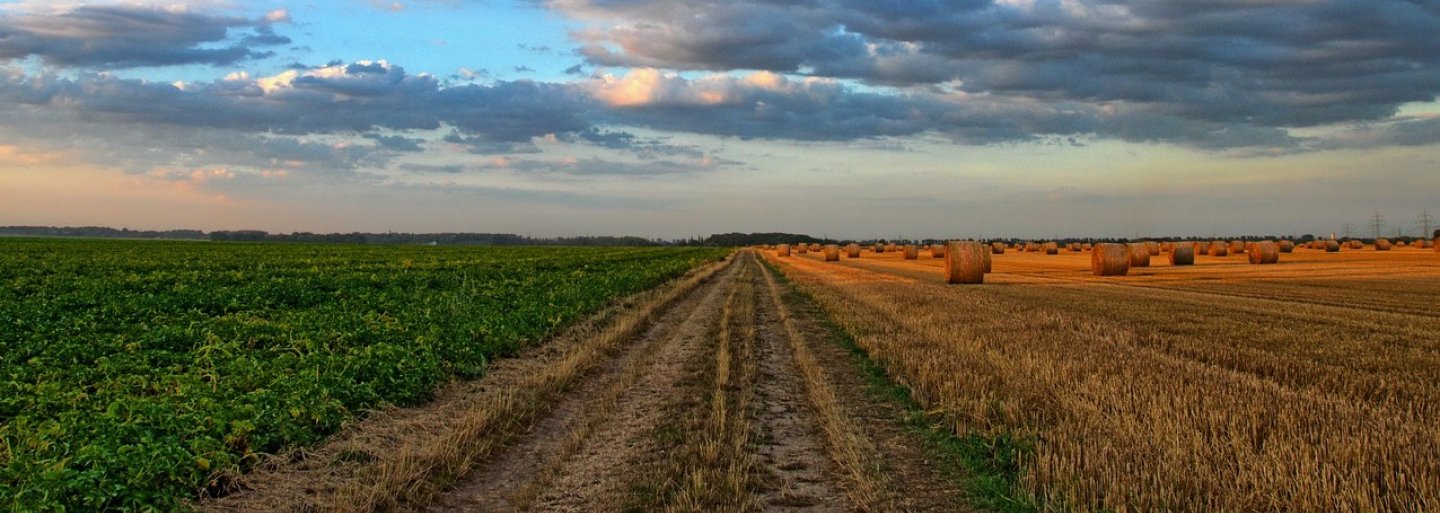
2021 could greatly simplify the parcelling of jointly owned arable land. Also, the new rules will settle the status of land registered in the name of unidentifiable owners. At the same time, a clearer and more transparent title structure could not only enhance farming efficiency but also boost greenfield investments.

Joint ownership: a nightmare for investors
A lot of times, land is jointly owned by a dozen different individuals. Worse still, some of the co-owners often remain unknown or unavailable even for the other owners.
While this can make difficulties in the utilisation of the land, a potential greenfield investor can also be discouraged by a title deed with a list of owners filling several pages. Lack of transparency in title to the chosen property and the consequent legal risks have already frustrated a number of investments or moved them to a less-than-optimal location.
A solution from this year – if permitted by COVID
The new law which entered into force at the beginning of this year is explicitly designed to strike off joint ownership of arable land fast, efficiently and without court proceedings. In essence, co-owners can make use of an official parcelling software to divide the land and hence create multiple, solely owned smaller properties with individual title numbers.
It is to be noted that it’s been possible to cancel joint ownership by an agreement of the parties so far (even though only by going to court). The real novelty is that the parcelling software will help to prevent lengthy negotiations about the plots involving a surveyor. Another major improvement is that it will be possible to reach the agreement by a simple majority of the owners, and without any court proceedings. Indeed, the consent of the unavailable or unidentifiable co-owners will be automatically presumed so that their absence will not prevent the division.
Also, the law allows for a single co-owner to acquire the whole property. Specifically, if the divided land is under the required minimum area, any of the co-owners will be free to acquire the other ownership shares for the statutory consideration (or for the highest price offered in the case of multiple bidders).
It is to be noted that the new simplified division procedures will only be available after the COVID emergency is over. This may suggest that the legislator expects a high number of such procedures, so it wants to reduce the extra workload of land registries during the pandemic.
Hungarian State pre-emption
The new rules grant the State special rights to settle land title situations. On the one hand, if the co-owners fail to make the division as described above within 2 years and their number is sufficiently high, they may even propose expropriation by the State. In this case, the decision is left to the State whether to expropriate the land or not.
On the other hand, the Hungarian State will automatically and mandatorily become the owner of land where the owner is unidentifiable (for data deficiency) or where 120 years have passed since the registered owner’s year of birth. Land registries will check ex officio if this is the case and will publish an announcement as necessary. If the real owner remains unidentified within the prescribed period (3 months or 1 year), or fails to show up, the given property will become state owned. Owners showing up at a later date may redeem the land from the State or seek damages if the State has sold it.
What to expect?
The new rules may finally put an end to the chaotic situation of land ownership and offer a solution for the problem of unknown and unavailable owners. In other words, properties where a high number of co-owners or an unidentified co-owner have posed an insurmountable obstacle so far will no longer have to be considered completely hopeless for the purposes of a greenfield investment.
Also, the new rules are expected to increase the rate of public land. At the same time, whether the Hungarian State will maintain farming as a priority or it will show a willingness to support greenfield investments remains to be seen.




